ASUS Fonepad Review: Intel-enabled Tablet Phone
As far as I can see, this year a mini-trend has emerged for the release of tablets capable of fully implementing telephone functions. Up to the presence of a microphone and speech dynamics, in order to put the device to your ear and have a conversation "like on the phone." It looks, to put it mildly, strangely and naturally leads to all kinds of humors on the vast expanses of the Internet. However, with a Bluetooth headset, there is no reason for sarcasm. And such a device becomes a good solution for those who use the phone a little, and a tablet - a lot. So ASUS Fonepad got into my hands - a tablet that should fully meet the needs of both calls and multimedia.
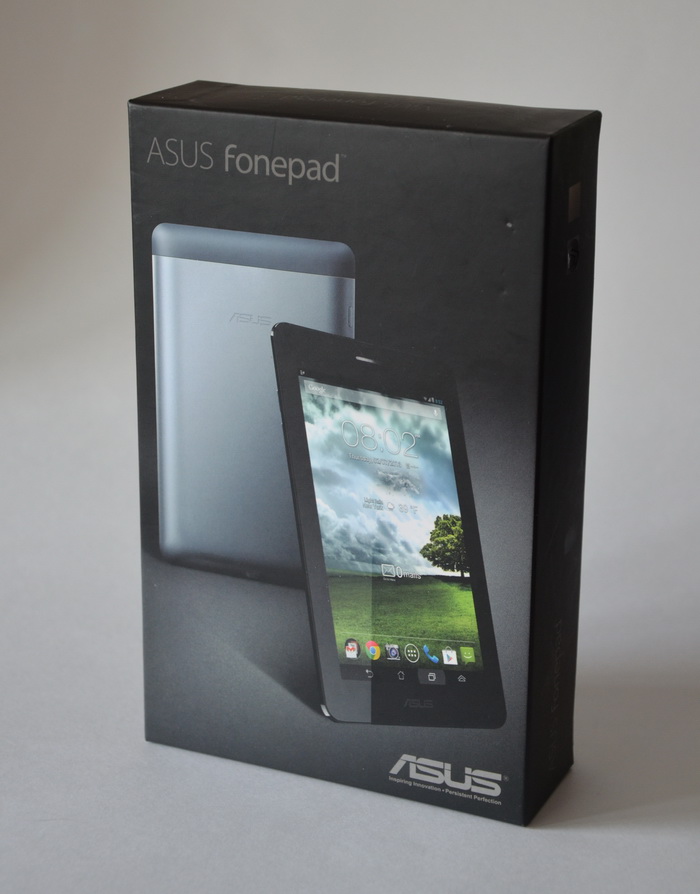
Of course, the main feature of the model is the Intel Atom processor family. Intel Atom Z2420 is responsible for the performance, which, on the one hand, did not inspire me with special hopes for high speed, and on the other hand, it tuned me to low power consumption. I note that ASUS Fonepad has become, in principle, the first Android tablet on an Intel processor. And, looking ahead, I can call the debut successful. This is not surprising - I don’t remember that ASUS ever made bad tablets, starting with the very first Transformer model on NVIDIA Tegra 2.
')
Equipment
ASUS Fonepad comes in a box with the usual for the company's tablet design. Inside, there is a standard-minimum set consisting of a charging unit, a microUSB cable, a user manual, and a warranty card. In my opinion, in this case it would not be superfluous to attach a headset.

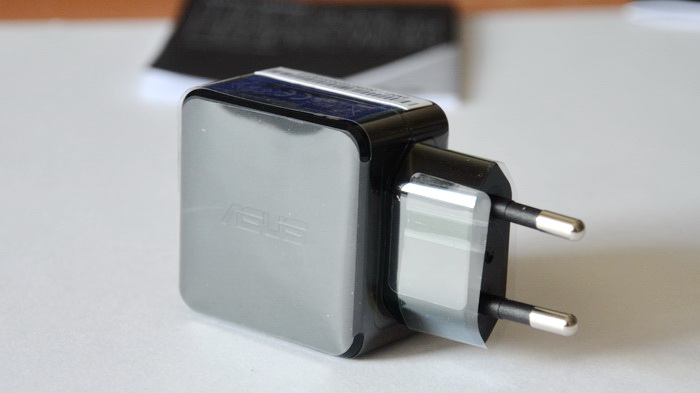
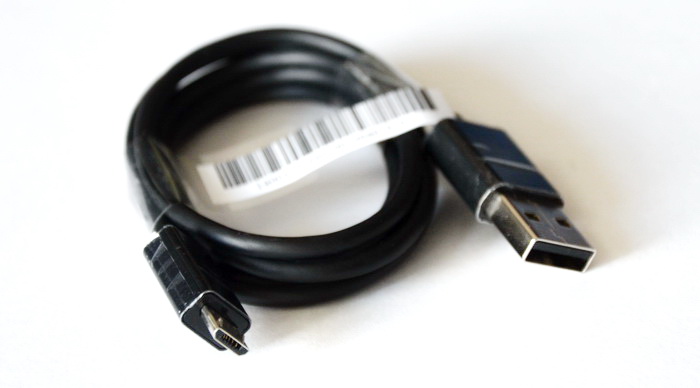
Appearance
First of all, a rather “plump” body catches the eye. “On paper” we have a moderate 10.4 mm, but the tablet looks all 12-13 mm. However, blame ASUS Fonepad is not for nothing. The device weighs a little, 340 grams. In any case, during the operation I did not feel heavy in my hand - which is a priority for me. Ultimately, the volumetric case turned out to be more of a plus, the tablet ergonomically fits in the palm. I had experience with “ultra-thin” tablets - and I will not say that just in “tablets” the race behind millimeters of thickness is justified.




The corners between the ends and the back cover are smoothed, which also "works" for ease of holding in the hands. Otherwise, we would not get the most attractive "brick".
The keys to the left turned out to be a bit unusual to the touch. If you look at the photo - it seems that the buttons are flat and barely raised above the body. In reality, the keys perceptibly protrude and, on the contrary, seem to be “pointed”. Pressed perfectly, unlike tablets with really unnecessarily "squat" buttons.
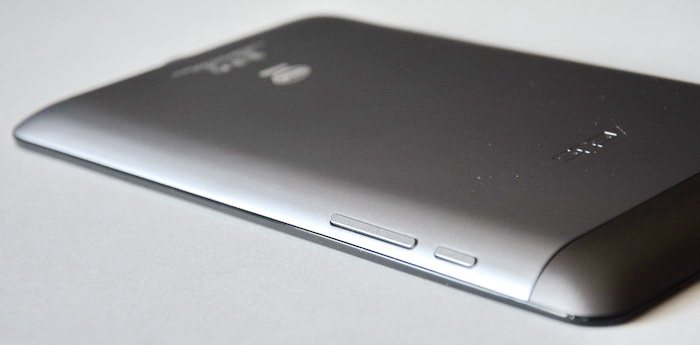
The case is offered in two color options [back side] - Titanium Gray and Champagne Gold. I got the first option. The surface of the back side is matte, rough. The cover is made of aluminum, which should add to the device "premium". In fact, before reading the characteristics, it sincerely seemed to me that the body was made of plastic.

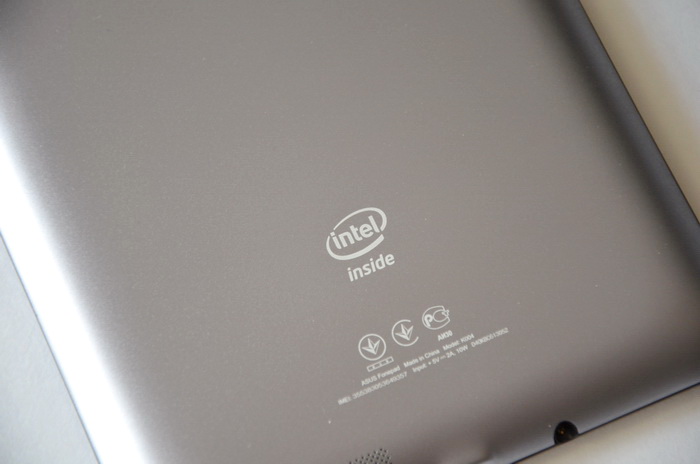
The 3.5 mm headphone jack and microUSB are located on the bottom. Immediately you can see the microphone hole.

Instead of making the entire back cover removable, ASUS confined itself to a small “strip”. This opens up a microSD memory card slot, as well as a micro-SIM. Successful design solution, which I had previously encountered in B-brand tablets.
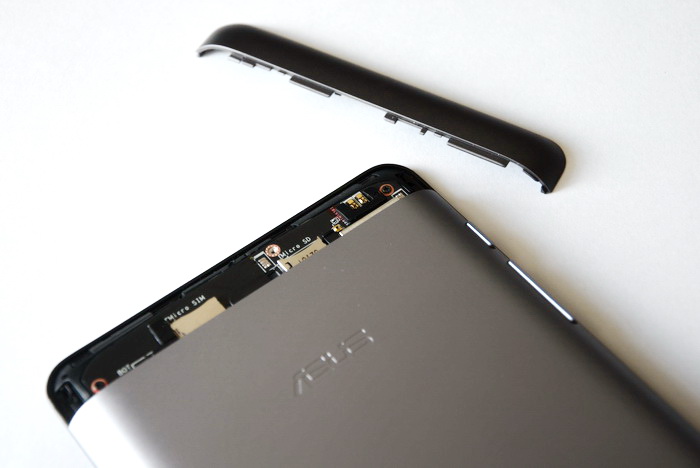

A wide frame around the screen is normal for a tablet. But do not forget that ASUS itself has provided for "telephone" use with the appropriate grip of the case. In this case, it is not clear why there was enough space left on the sides of the screen.

Camera
ASUS Fonepad comes in versions with two cameras - or one, frontal. The latter is intended for the European market, such geographical discrimination turns out. For video chat on the Internet is responsible 1.2 MP camera. It is clear that we are not talking about any serious "photographic" use. However, in the settings and white balance you can adjust, and even the exposure. I will not say anything special about the quality of the shooting - you can see the face of the device owner, but more is not required.
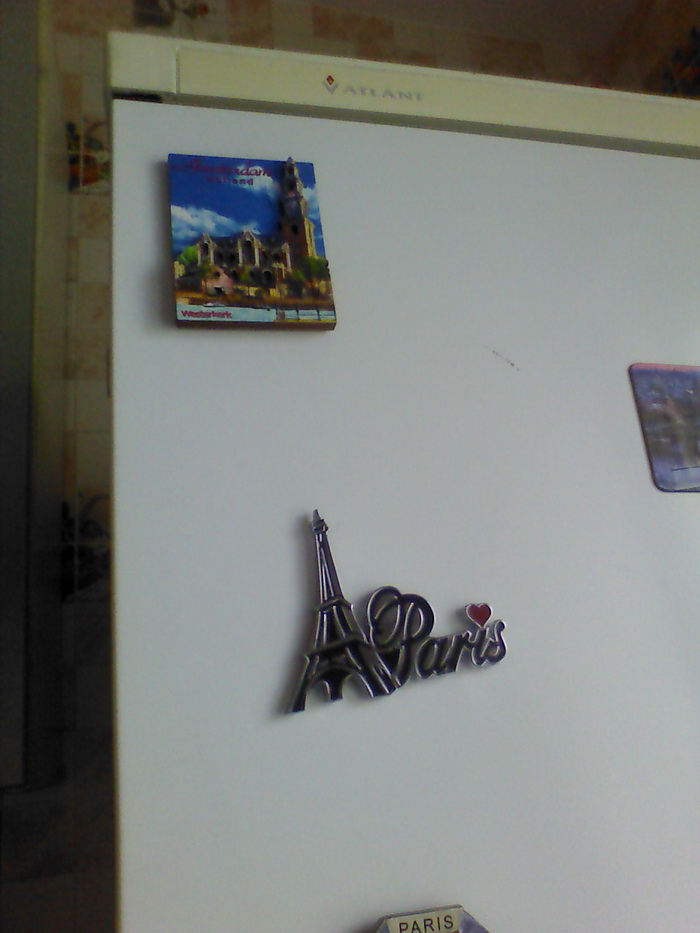

Screen
At 7 inches, we are offered the usual resolution of 1280 x 800 - the Full HD race somehow bypassed the tablets of the diagonal shown. Of course, the IPS matrix is involved. My impressions of the display are good. First of all, I was pleased with the stock of brightness, by and large for normal visibility I always had 30% of the maximum. The color rendition also did not disappoint, in my opinion, the screen goes in the direction of "warm" shades. With the viewing angles full order, with significant deviations, the brightness of the image drops slightly.

Some observers (both here and abroad) indicate that the screen is protected by Gorilla Glass. As for the glass I do not argue, there is one. But I did not manage to find confirmation of the presence of the "gorilla" in any official source of ASUS. In the course of use it is noticeable that the coating is not prone to marcos. There is a problem with highlights - no protection against them is provided. As for the sunny weather, in the settings ASUS provided the Outdoor option - with it we get the brightness just above the maximum. The picture becomes quite legible, but the highlights and strive to "fill" the screen.
Performance
Here came a curious situation. After receiving the tablet, I just glanced at the hardware specifications. Intel processor? Ok, let's see what he can do. I somehow couldn’t even think that a single-core processor was used in ASUS Fonepad. And this is a definite plus model. Because small lags - yes, they were. That is, in this respect, the tablet is no worse than any other 2-4 nuclear “tablet” with which I had to “communicate” before. It is not hard to guess that the guys from ASUS and Intel have done some serious optimization work. And they gave a serious blow to the marketing “hollowing” of the need for consumers to buy n-core devices. When “surfing”, reading PDF and other non-game tasks, I did not feel any particular discomfort.
About games. Bailing out the ASUS Fonepad is not intended to be a completely new graphics chip, the PowerVR SGX540, which has long been familiar to us from the Medfield platform. To help "graphics" works 1 GB of RAM. The results of my game "races" are contradictory. Here, for example, the starting resource-intensive scene FRONTLINE COMMANDO: NORMANDY.
But, despite the initial disappointment, in the future everything was “played” with minor periodic delays. In Real Racing 3, which is most surprising, there were no serious problems at all. And the dust from the wheels outside the track did not bother ASUS Fonepad.

By the way, about compatibility. Theoretically, due to the use of x86 architecture, I should have had problems with any games or programs on Google Play. But - nothing like that. The service did not hide applications from me, and those that I installed stubbornly did not want to fly out with errors.
I give the results of benchmarks. But, to be honest, after the overall impressive work of the tablet, I see little point in commenting on synthetic glasses.

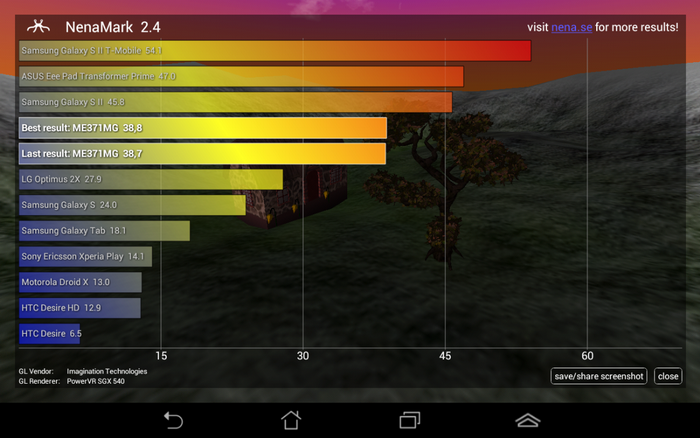
System
A review of the 7-inch MeMO Pad ME172V was published on ASUS’s Habrahabr blog. From a software point of view, this tablet is identical to the one considered by ASUS Fonepad. Therefore, for a detailed story about the pre-installed services and programs, I'd rather send you here , so as not to duplicate the material already available on the portal. For from my personal position I can’t say anything bad about the finalization of Android 4.1 in the ASUS vision, but I won’t praise either. Still, I prefer to "redraw" the system to your taste, although many people like the package of Android stock changes in ASUS Fonepad. I note that a number of pre-installed programs have met me not only in ASUS Transformer Prime, but in the “very first” Transformer.
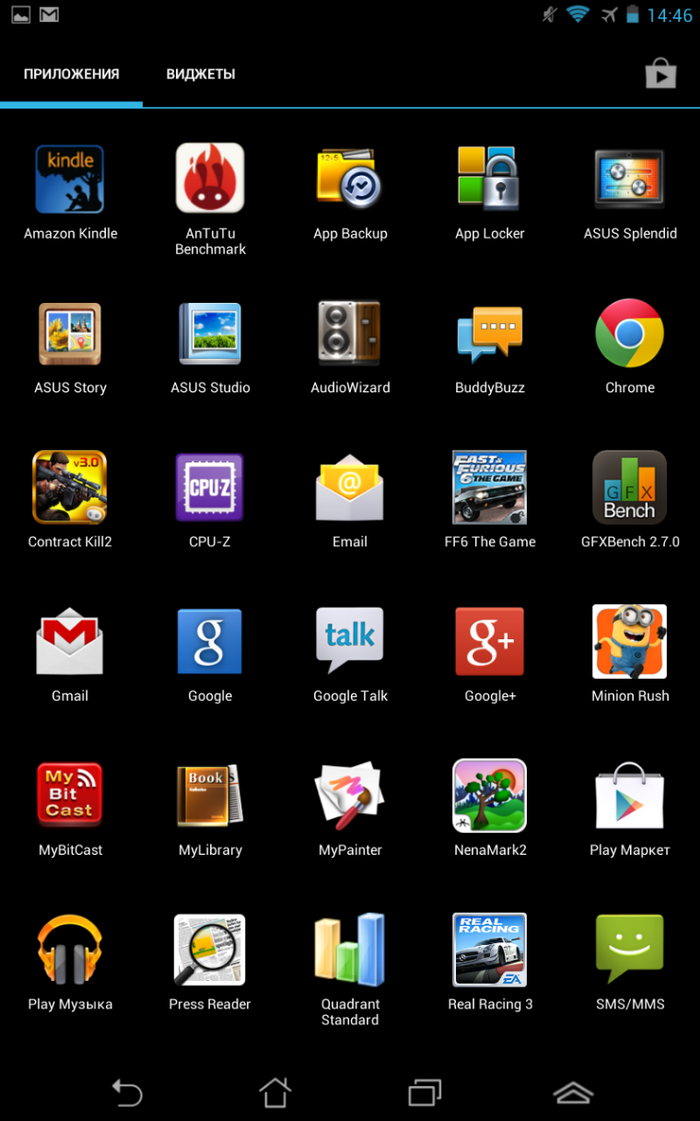
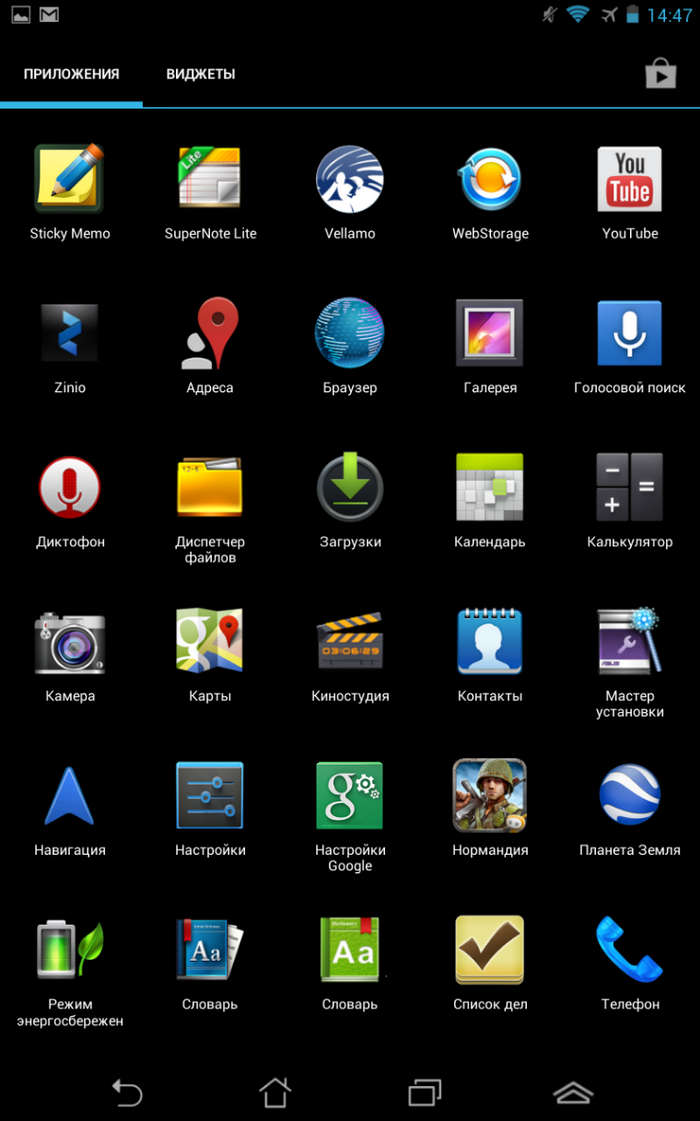
The telephone program and the SMS sending tool do not differ much from the “stock”, therefore they do not deserve a detailed description. As for calls, the volume of the multimedia speaker is average; it is easy to miss an incoming call in a noisy city. By virtue of the dimensions of the tablet, vibration helps only if you carry the device in the inner pocket of your jacket / jacket. But with the loudness of speech and the overall quality of voice communication, there is complete order - on the background of smartphones, ASUS Fonepad looks decent.
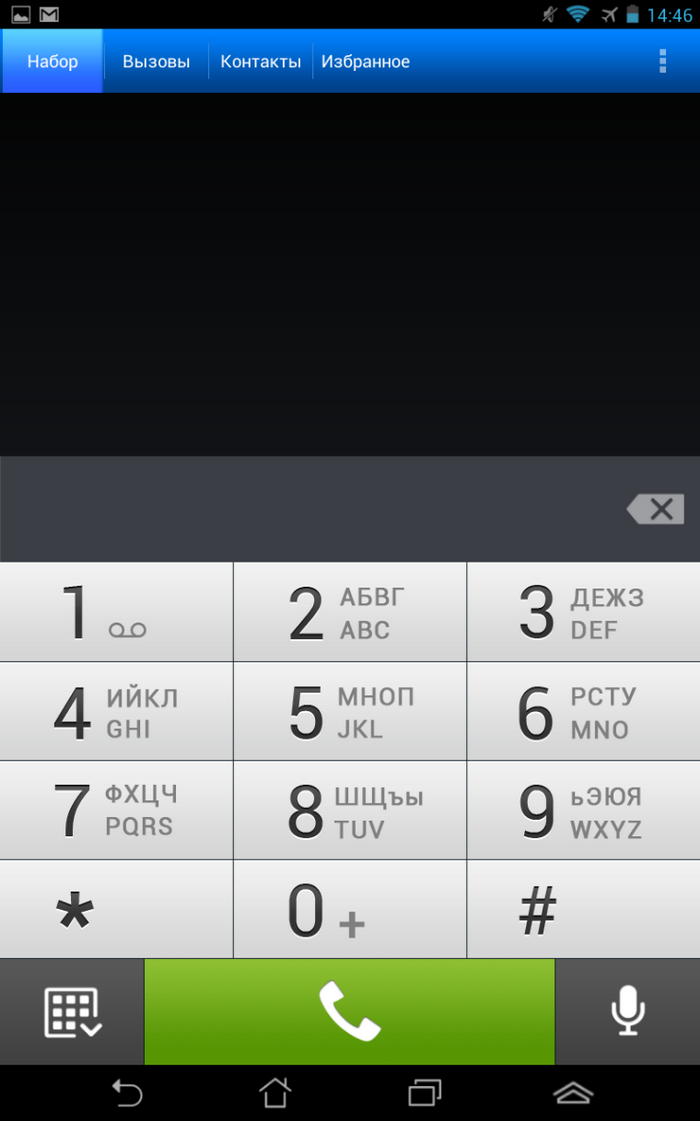
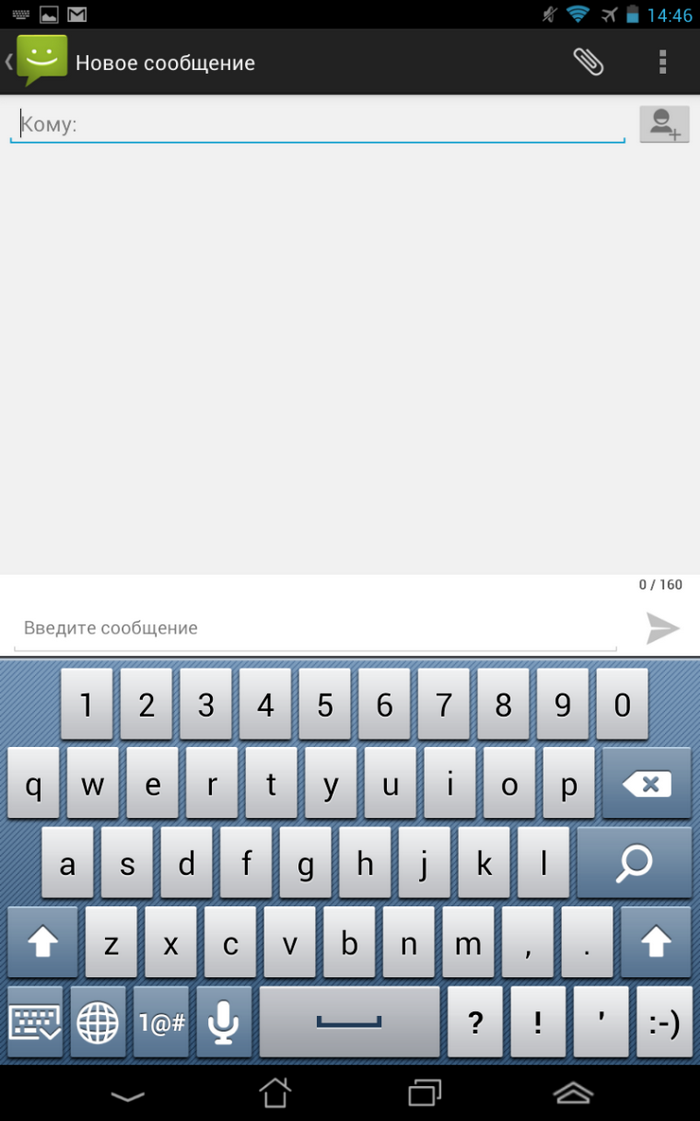
Perhaps, I will not single out a subsection - I’ll just mention that ASUS Fonepad uses not just a GPS receiver, but a hybrid module with GLONASS support. Therefore, if you use the tablet as a navigator, in conditions of dense development and other situations with a high probability of loss of communication with the satellites, ASUS Fonepad will show confident signal support.
Autonomous work
ASUS claims 9 hours of work "on one" breath. In reality, the battery with a capacity of 4,270 mAh provided 9 hours and 20 minutes of auto-scanning in Cool Reader and 7 hours and 40 minutes of HD video with the screen brightness at maximum. If I didn’t use wireless modules, on average I had to charge every three days.
Conclusion
If you believe Yandex.Market, the price of the model in the salons like "Svyaznoy", "White Wind", etc. is 9 990 rubles (about $ 300), which in my opinion is more than good considering the functionality of the ASUS Fonepad and my impressions of the device. I made a search for competitors on the screen diagonal, resolution, 3G and GPS support, as well as a battery with a capacity of more than 4,000 mAh. Of the models on sale, ASUS Nexus 7 32Gb 3G, Wexler TAB 7t 8GB 3G, Wexler TAB 7iS 8Gb 3G, and Huawei MediaPad are seen. However, as soon as I pointed out the item “Working in the cell phone mode”, ASUS Fonepad remained in proud loneliness.
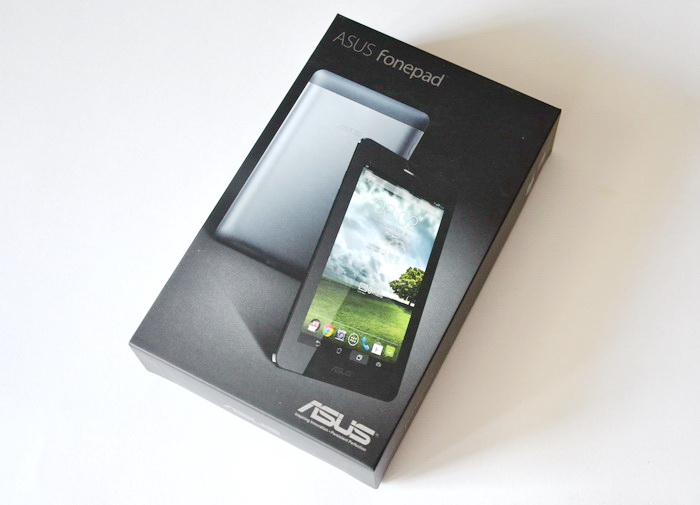
In principle, I did not find any serious flaws in the ASUS Fonepad. I did not like the thick body, but this is a matter of taste. The screen flashes, but ASUS has taken care of the brightness stock for sunny days. Finally, ASUS Fonepad really wants to blame the "weak" single-core processor. Only in fact the tablet works faster and more stable than many n-core competitors.
PS Comrade evocatus suggests that Huawei MediaPad does have telephone capabilities. True, as I see, to attach the tablet to your ear a la smartphone will not work. The official price tag of the model starts from 9,700 rubles and comes to exorbitant 18,067 rubles.

Of course, the main feature of the model is the Intel Atom processor family. Intel Atom Z2420 is responsible for the performance, which, on the one hand, did not inspire me with special hopes for high speed, and on the other hand, it tuned me to low power consumption. I note that ASUS Fonepad has become, in principle, the first Android tablet on an Intel processor. And, looking ahead, I can call the debut successful. This is not surprising - I don’t remember that ASUS ever made bad tablets, starting with the very first Transformer model on NVIDIA Tegra 2.
')
Equipment
ASUS Fonepad comes in a box with the usual for the company's tablet design. Inside, there is a standard-minimum set consisting of a charging unit, a microUSB cable, a user manual, and a warranty card. In my opinion, in this case it would not be superfluous to attach a headset.



Appearance
First of all, a rather “plump” body catches the eye. “On paper” we have a moderate 10.4 mm, but the tablet looks all 12-13 mm. However, blame ASUS Fonepad is not for nothing. The device weighs a little, 340 grams. In any case, during the operation I did not feel heavy in my hand - which is a priority for me. Ultimately, the volumetric case turned out to be more of a plus, the tablet ergonomically fits in the palm. I had experience with “ultra-thin” tablets - and I will not say that just in “tablets” the race behind millimeters of thickness is justified.




The corners between the ends and the back cover are smoothed, which also "works" for ease of holding in the hands. Otherwise, we would not get the most attractive "brick".
The keys to the left turned out to be a bit unusual to the touch. If you look at the photo - it seems that the buttons are flat and barely raised above the body. In reality, the keys perceptibly protrude and, on the contrary, seem to be “pointed”. Pressed perfectly, unlike tablets with really unnecessarily "squat" buttons.

The case is offered in two color options [back side] - Titanium Gray and Champagne Gold. I got the first option. The surface of the back side is matte, rough. The cover is made of aluminum, which should add to the device "premium". In fact, before reading the characteristics, it sincerely seemed to me that the body was made of plastic.


The 3.5 mm headphone jack and microUSB are located on the bottom. Immediately you can see the microphone hole.

Instead of making the entire back cover removable, ASUS confined itself to a small “strip”. This opens up a microSD memory card slot, as well as a micro-SIM. Successful design solution, which I had previously encountered in B-brand tablets.


A wide frame around the screen is normal for a tablet. But do not forget that ASUS itself has provided for "telephone" use with the appropriate grip of the case. In this case, it is not clear why there was enough space left on the sides of the screen.

Camera
ASUS Fonepad comes in versions with two cameras - or one, frontal. The latter is intended for the European market, such geographical discrimination turns out. For video chat on the Internet is responsible 1.2 MP camera. It is clear that we are not talking about any serious "photographic" use. However, in the settings and white balance you can adjust, and even the exposure. I will not say anything special about the quality of the shooting - you can see the face of the device owner, but more is not required.


Screen
At 7 inches, we are offered the usual resolution of 1280 x 800 - the Full HD race somehow bypassed the tablets of the diagonal shown. Of course, the IPS matrix is involved. My impressions of the display are good. First of all, I was pleased with the stock of brightness, by and large for normal visibility I always had 30% of the maximum. The color rendition also did not disappoint, in my opinion, the screen goes in the direction of "warm" shades. With the viewing angles full order, with significant deviations, the brightness of the image drops slightly.

Some observers (both here and abroad) indicate that the screen is protected by Gorilla Glass. As for the glass I do not argue, there is one. But I did not manage to find confirmation of the presence of the "gorilla" in any official source of ASUS. In the course of use it is noticeable that the coating is not prone to marcos. There is a problem with highlights - no protection against them is provided. As for the sunny weather, in the settings ASUS provided the Outdoor option - with it we get the brightness just above the maximum. The picture becomes quite legible, but the highlights and strive to "fill" the screen.
Performance
Here came a curious situation. After receiving the tablet, I just glanced at the hardware specifications. Intel processor? Ok, let's see what he can do. I somehow couldn’t even think that a single-core processor was used in ASUS Fonepad. And this is a definite plus model. Because small lags - yes, they were. That is, in this respect, the tablet is no worse than any other 2-4 nuclear “tablet” with which I had to “communicate” before. It is not hard to guess that the guys from ASUS and Intel have done some serious optimization work. And they gave a serious blow to the marketing “hollowing” of the need for consumers to buy n-core devices. When “surfing”, reading PDF and other non-game tasks, I did not feel any particular discomfort.
About games. Bailing out the ASUS Fonepad is not intended to be a completely new graphics chip, the PowerVR SGX540, which has long been familiar to us from the Medfield platform. To help "graphics" works 1 GB of RAM. The results of my game "races" are contradictory. Here, for example, the starting resource-intensive scene FRONTLINE COMMANDO: NORMANDY.
But, despite the initial disappointment, in the future everything was “played” with minor periodic delays. In Real Racing 3, which is most surprising, there were no serious problems at all. And the dust from the wheels outside the track did not bother ASUS Fonepad.

By the way, about compatibility. Theoretically, due to the use of x86 architecture, I should have had problems with any games or programs on Google Play. But - nothing like that. The service did not hide applications from me, and those that I installed stubbornly did not want to fly out with errors.
I give the results of benchmarks. But, to be honest, after the overall impressive work of the tablet, I see little point in commenting on synthetic glasses.


System
A review of the 7-inch MeMO Pad ME172V was published on ASUS’s Habrahabr blog. From a software point of view, this tablet is identical to the one considered by ASUS Fonepad. Therefore, for a detailed story about the pre-installed services and programs, I'd rather send you here , so as not to duplicate the material already available on the portal. For from my personal position I can’t say anything bad about the finalization of Android 4.1 in the ASUS vision, but I won’t praise either. Still, I prefer to "redraw" the system to your taste, although many people like the package of Android stock changes in ASUS Fonepad. I note that a number of pre-installed programs have met me not only in ASUS Transformer Prime, but in the “very first” Transformer.


The telephone program and the SMS sending tool do not differ much from the “stock”, therefore they do not deserve a detailed description. As for calls, the volume of the multimedia speaker is average; it is easy to miss an incoming call in a noisy city. By virtue of the dimensions of the tablet, vibration helps only if you carry the device in the inner pocket of your jacket / jacket. But with the loudness of speech and the overall quality of voice communication, there is complete order - on the background of smartphones, ASUS Fonepad looks decent.


Perhaps, I will not single out a subsection - I’ll just mention that ASUS Fonepad uses not just a GPS receiver, but a hybrid module with GLONASS support. Therefore, if you use the tablet as a navigator, in conditions of dense development and other situations with a high probability of loss of communication with the satellites, ASUS Fonepad will show confident signal support.
Autonomous work
ASUS claims 9 hours of work "on one" breath. In reality, the battery with a capacity of 4,270 mAh provided 9 hours and 20 minutes of auto-scanning in Cool Reader and 7 hours and 40 minutes of HD video with the screen brightness at maximum. If I didn’t use wireless modules, on average I had to charge every three days.
Conclusion
If you believe Yandex.Market, the price of the model in the salons like "Svyaznoy", "White Wind", etc. is 9 990 rubles (about $ 300), which in my opinion is more than good considering the functionality of the ASUS Fonepad and my impressions of the device. I made a search for competitors on the screen diagonal, resolution, 3G and GPS support, as well as a battery with a capacity of more than 4,000 mAh. Of the models on sale, ASUS Nexus 7 32Gb 3G, Wexler TAB 7t 8GB 3G, Wexler TAB 7iS 8Gb 3G, and Huawei MediaPad are seen. However, as soon as I pointed out the item “Working in the cell phone mode”, ASUS Fonepad remained in proud loneliness.

In principle, I did not find any serious flaws in the ASUS Fonepad. I did not like the thick body, but this is a matter of taste. The screen flashes, but ASUS has taken care of the brightness stock for sunny days. Finally, ASUS Fonepad really wants to blame the "weak" single-core processor. Only in fact the tablet works faster and more stable than many n-core competitors.
PS Comrade evocatus suggests that Huawei MediaPad does have telephone capabilities. True, as I see, to attach the tablet to your ear a la smartphone will not work. The official price tag of the model starts from 9,700 rubles and comes to exorbitant 18,067 rubles.
Source: https://habr.com/ru/post/186216/
All Articles